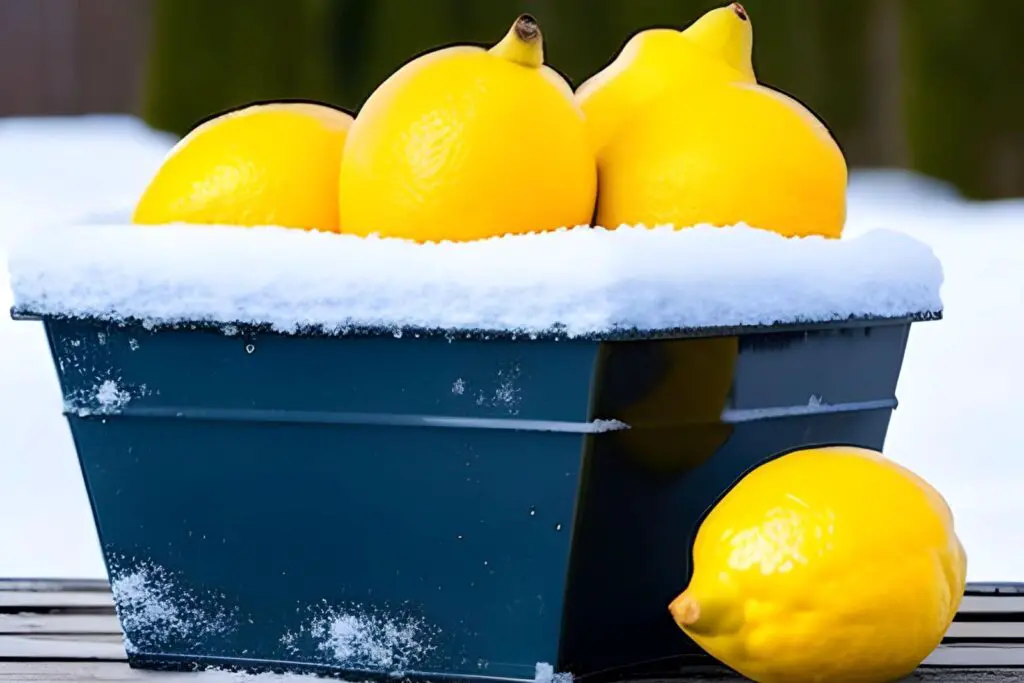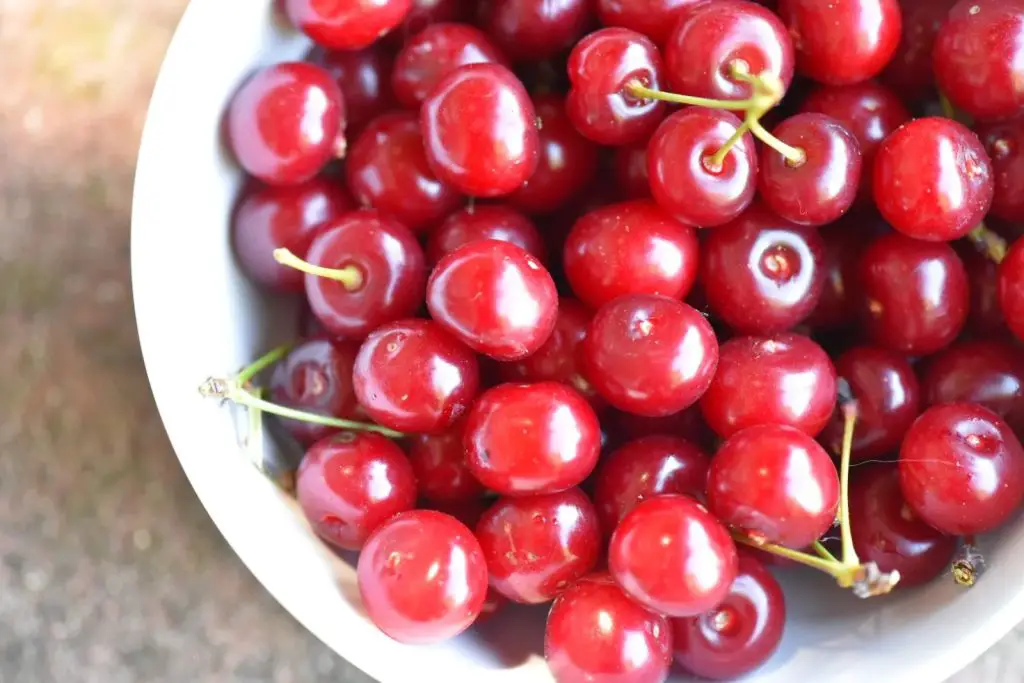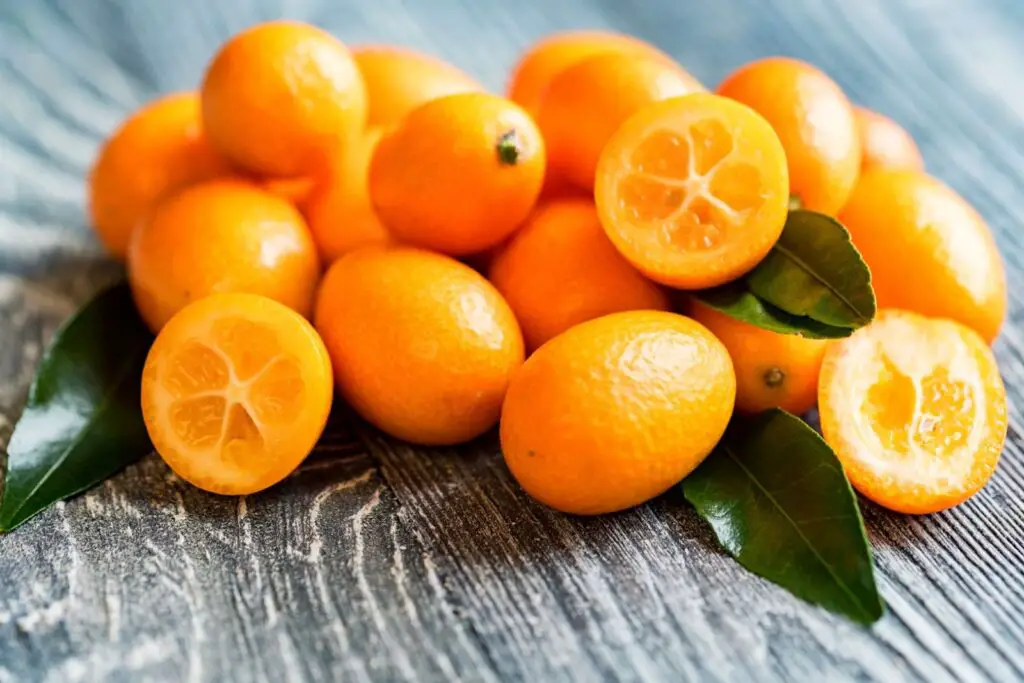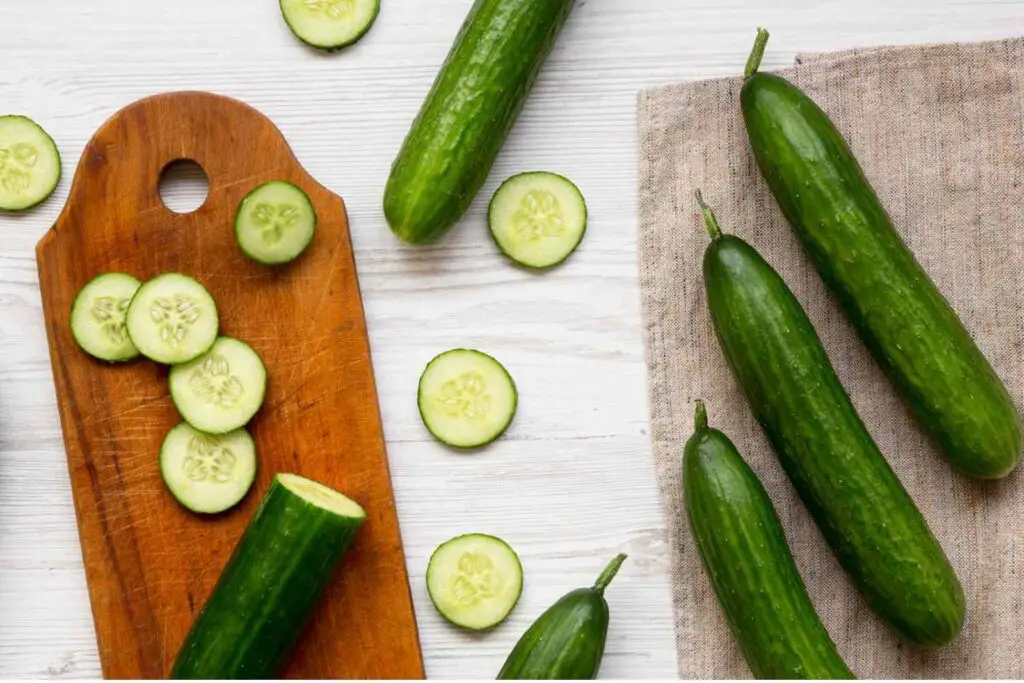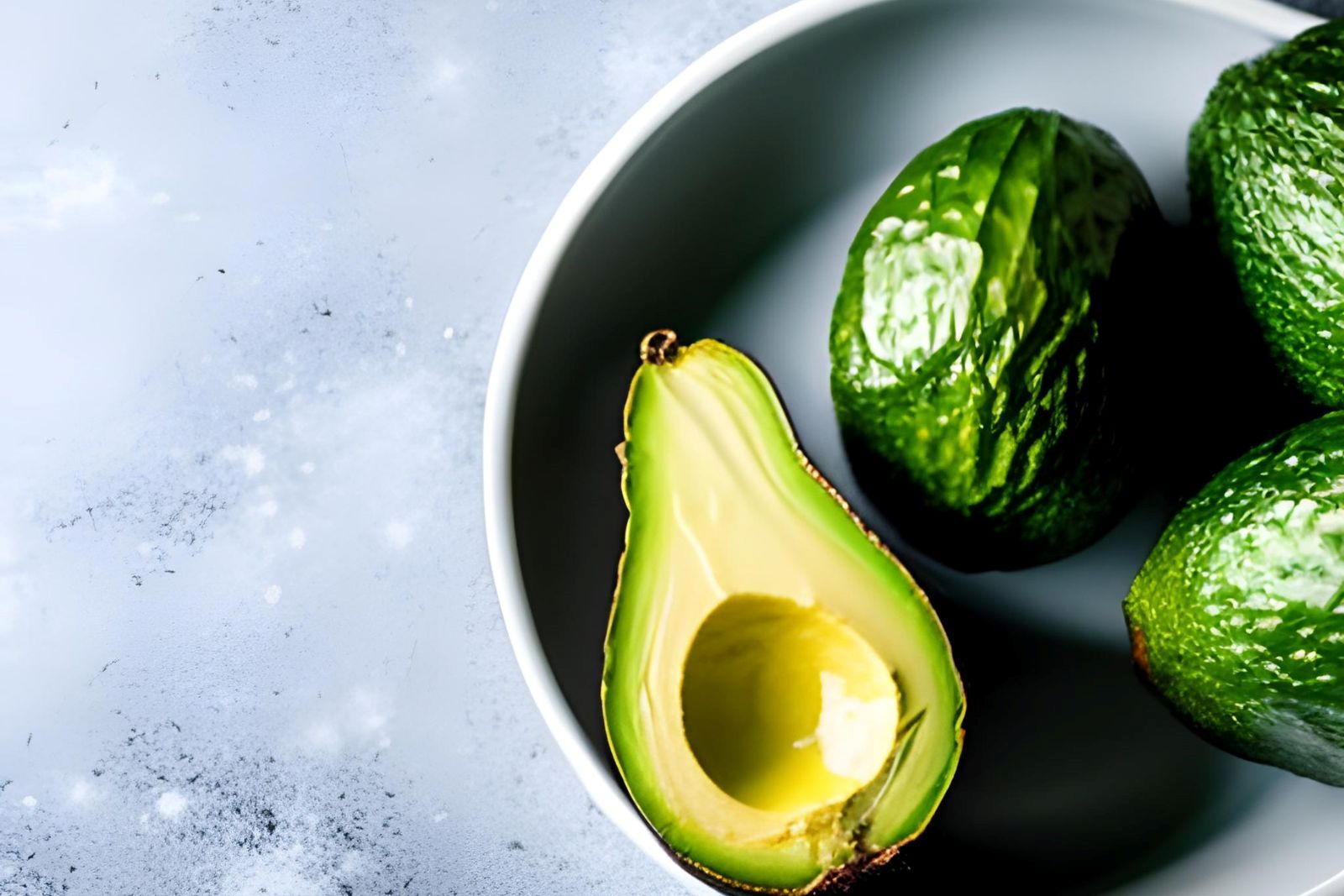
Avocados are a versatile and delicious fruit that can be enjoyed in various dishes, from salads to smoothies and even as a spread on toast. If you have a surplus of ripe avocados or want to stock up for future use, freezing them is a great option to preserve their creamy goodness. Freezing avocados not only allows you to enjoy them beyond their peak ripeness but also provides a convenient way to have this nutritious fruit on hand whenever you need it. By following the proper steps to freeze avocados, you can maintain their rich flavor, smooth texture, and vibrant green color. Whether you plan to use them in guacamole, as a topping, or in other culinary creations, frozen avocados are a fantastic addition to your freezer, offering a taste of creamy indulgence whenever you desire.
Here are the simple steps to freeze avocados:
Step 1: Choose ripe avocados
Choosing ripe avocados is important when freezing them because avocados that are too firm or not yet ripe may not freeze well and may not maintain their texture and flavor after thawing. On the other hand, overripe avocados may become mushy and discolored in the freezer. That’s why it’s best to choose ripe avocados that are just about to turn overripe, as they will have the right texture and flavor for freezing.
Adding a little bit of lemon or lime juice to the avocado flesh can help prevent discoloration and maintain the vibrant green color of the avocado when it is thawed. This is especially important if you plan to use the frozen avocados in dishes like guacamole or smoothies, where the color of the avocado is essential for the overall appearance of the dish. The acid in the lemon or lime juice also helps to preserve the flavor of the avocado and prevents it from becoming bland or tasteless after thawing.
Should you freeze avocados ripe or unripe?
It’s best to freeze avocados when they are ripe or just about to turn overripe. Unripe avocados are too hard and won’t ripen properly after being frozen. Ripe avocados are softer and easier to slice or mash, making them a better option for freezing.
Do you freeze avocados with the skin on?
It is not recommended to freeze avocados with the skin on as the skin can become tough and leathery when frozen. Therefore, it is best to remove the skin before freezing the avocado. The flesh can then be sliced or mashed, and a stabilizer such as lemon juice or vinegar can be added before packing it in an airtight container and freezing it.
Step 2: Cut the avocados in half and remove the pit
Cutting the avocados in half and removing the pit is an essential step in freezing avocados because it makes it easier to store and use the avocado later on. When freezing avocados, it is recommended to remove the skin and the pit as they can affect the texture and flavor of the avocado. Also, leaving the pit in the avocado can make it more difficult to store and take up unnecessary space in the freezer.
To remove the pit, you can carefully use a spoon to scoop it out or gently tap the pit with a knife and twist it out. If you prefer, you can also scoop the flesh out of the skin using a spoon. Just make sure to be careful not to damage the flesh or the skin as this can affect the texture and flavor of the avocado after freezing.
Step 3: Slice or mash the avocado flesh
Slicing or mashing the avocado flesh is an important step when freezing avocados because it can affect how the avocado will be used later on. Depending on the intended use, you can choose to either slice or mash the avocado flesh before freezing.
Slicing the avocado flesh into wedges or cubes is ideal if you plan to use the frozen avocados as a garnish for salads or other dishes. This allows for easy portioning and flexibility when it comes to using the frozen avocados.
Mashing the avocado flesh is a better option if you plan to use the frozen avocados for guacamole or smoothies. This ensures that the avocado is evenly distributed throughout the dish and also makes it easier to blend with other ingredients. Additionally, mashed avocado is easier to freeze and store as compared to whole or sliced avocados, which may be bulky and difficult to store.
Step 4: Add a stabilizer
Adding a stabilizer is an important step when freezing avocados because it helps prevent them from turning brown and discoloring during the freezing and thawing process. This is because avocados contain enzymes that react with oxygen in the air, leading to discoloration and a loss of flavor.
To prevent this from happening, you can add a stabilizer to the avocado flesh before freezing. A stabilizer is any ingredient that helps slow down the oxidation process and keeps the avocado fresh and vibrant. Two common stabilizers are citrus juice and vinegar.
Citrus juice, such as lemon or lime juice, is a popular stabilizer for avocados because it has a high level of acidity that helps slow down oxidation. Adding one tablespoon of lemon or lime juice for every avocado is enough to keep the avocados fresh and prevent discoloration.
Vinegar is another option for a stabilizer and can be used in place of citrus juice. Apple cider vinegar or white vinegar are commonly used for this purpose. You can mix one tablespoon of vinegar for every avocado to keep them fresh and prevent discoloration.
Step 5: Pack the avocado flesh in an airtight container
Packing the avocado flesh in an airtight container is crucial in preventing freezer burn and keeping the avocados fresh and flavorful. Freezer burn occurs when the moisture in the food evaporates, leaving it dehydrated and with a dry, leathery texture.
Using an airtight container ensures that the avocados are not exposed to air, preventing freezer burn and keeping the texture and flavor intact. Plastic bags are a good option for packing the avocado flesh, as they can be flattened and take up less space in the freezer. However, containers with tight-fitting lids are also suitable for packing avocados.
It is important to leave some space at the top of the container or bag to allow for expansion during freezing. Avocado flesh contains water, which expands as it freezes. If the container is too full, it may crack or burst during freezing, resulting in a mess in the freezer.
Step 6: Label and date the container
Labeling and dating the container is an essential step in freezing avocados as it helps you keep track of the contents and their shelf life. When frozen foods are left in the freezer for an extended period, they tend to develop freezer burn, which causes dryness and changes the taste and texture of the food.
Labeling the container with the contents and the date of freezing will help you keep track of the freshness of the frozen avocados. This way, you can easily identify the avocados in the freezer and know how long they have been there. It is also helpful to have a record of the date of freezing so that you can use the avocados before they become overripe or expire.
In addition, labeling the container with the contents will help you avoid confusion when you have different types of frozen food in the freezer. You will be able to identify the frozen avocados easily, especially if they are packed in a similar container or bag as other frozen foods. This will save you time and ensure that you use the avocados when they are still fresh and in good condition.
Step 7: Freeze the avocados
Freezing the avocados is the final step in the process of preserving them for future use. To freeze the avocados, place the container in the freezer and allow them to freeze until solid, which usually takes a few hours or overnight, depending on the size of the container.
Once the avocados are frozen, you can transfer them to a freezer-safe plastic bag if you prefer. This will help you save space in the freezer and allow you to organize the frozen food better. When transferring the avocados to a plastic bag, ensure that you remove as much air as possible from the bag to prevent freezer burn. You can use a vacuum sealer or simply press out the air and seal the bag tightly.
Other related questions
How do you defrost avocados?
To defrost avocados in the refrigerator, transfer them from the freezer to the fridge and let them thaw for several hours or overnight.
Alternatively, defrost avocados at room temperature, place them in a bowl and leave them to thaw for about 2-3 hours, depending on the size of the frozen avocado pieces.
One way to defrost avocados is to place the frozen avocado pieces in a bowl of cold water or microwave them on defrost mode. It’s important to handle thawed avocados gently to prevent them from becoming mushy or watery.
How do you defrost an avocado without it turning brown?
To defrost an avocado without it turning brown, place the frozen avocado in the refrigerator and allow it to thaw slowly. This can take several hours or overnight, depending on the size of the avocado. Once the avocado is thawed, you can use it as you would a fresh avocado. Avoid thawing avocados at room temperature or using a microwave, as this can cause the avocado to turn brown.
Is it OK to eat avocado after it turns brown?
While the discoloration of an avocado doesn’t necessarily indicate that it has gone bad, it may have started to deteriorate. If the flesh under the browned area is still green and firm, it is generally safe to eat. However, if the avocado smells rancid or has mold, it is best to discard it.
How long can avocados last in the freezer?
Avocado can last in the freezer for up to 6 months, but its texture and flavor may start to deteriorate after 3-4 months.
To maximize the shelf life of frozen avocado, it’s important to store it in an airtight container or freezer bag and remove as much air as possible before freezing.
Thawed avocado may not have the same texture as fresh avocado, but it can still be used in recipes such as guacamole or smoothies.
Can you refreeze avocados?
It is generally not recommended to refreeze avocados once they have been thawed.
When avocados are thawed and then refrozen, their texture and flavor can be compromised, and they may also be more susceptible to bacteria growth.
To avoid the need to refreeze avocados, it’s best to freeze them in small portions that can be easily thawed as needed.
How do I know if the avocados have gone bad after being frozen?
To know if an avocado has gone bad after being frozen, you should look for signs of freezer burn, such as brown or black spots, and a dry, shriveled appearance.
Additionally, you can check for off odors or flavors, which can indicate spoilage. If you are unsure, it’s best to err on the side of caution and discard the avocado.
Why should you not refrigerate avocados?
Refrigerating avocados can slow down the ripening process and make them take longer to ripen. This is because the cold temperature inside the refrigerator interferes with the natural process of ripening, causing the avocado to ripen unevenly or not at all. In addition, refrigeration can cause the texture and flavor of the avocado to change, leading to a less enjoyable eating experience.
Can I use frozen avocados in all the recipes that call for fresh avocados?
Frozen avocados can be used in most recipes that call for fresh avocados, although the texture may be slightly different. They are ideal for recipes that require mashed or pureed avocados, such as guacamole or smoothies. For dishes that require sliced or cubed avocados, it’s best to use fresh avocados as they will maintain their texture and flavor better.
What are some tips to prevent freezer burn on frozen avocados?
To prevent freezer burn on frozen avocados, ensure they are packed in an airtight container or freezer bag with excess air squeezed out before freezing. Use a stabilizer such as citrus juice or vinegar before freezing to maintain the color and texture of the avocados. Don’t freeze avocados that are already overripe or have bruises, as they are more susceptible to freezer burn.
Can I use frozen avocados for making baby food?
Yes, you can use frozen avocados for making baby food. However, it is recommended to use fresh avocados for baby food as freezing can affect the texture and flavor of the fruit. If you choose to use frozen avocados, make sure they are properly thawed and blended well to ensure a smooth consistency.

